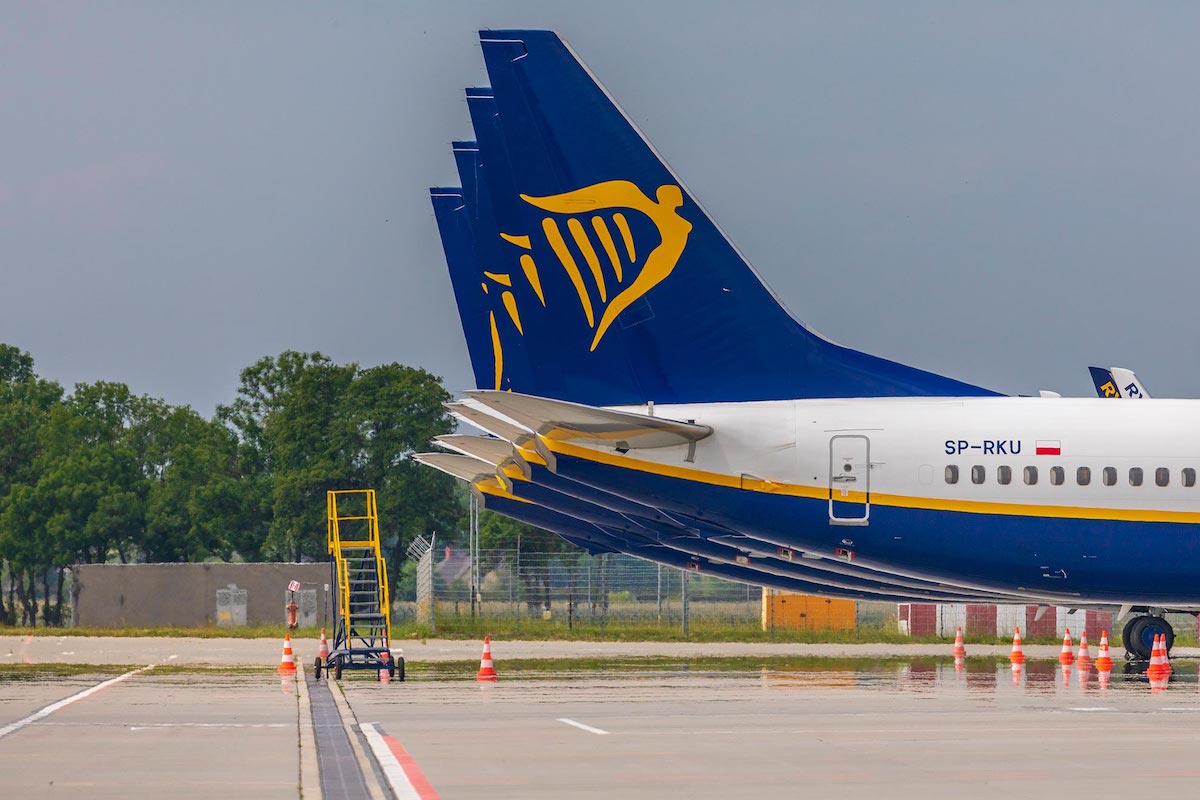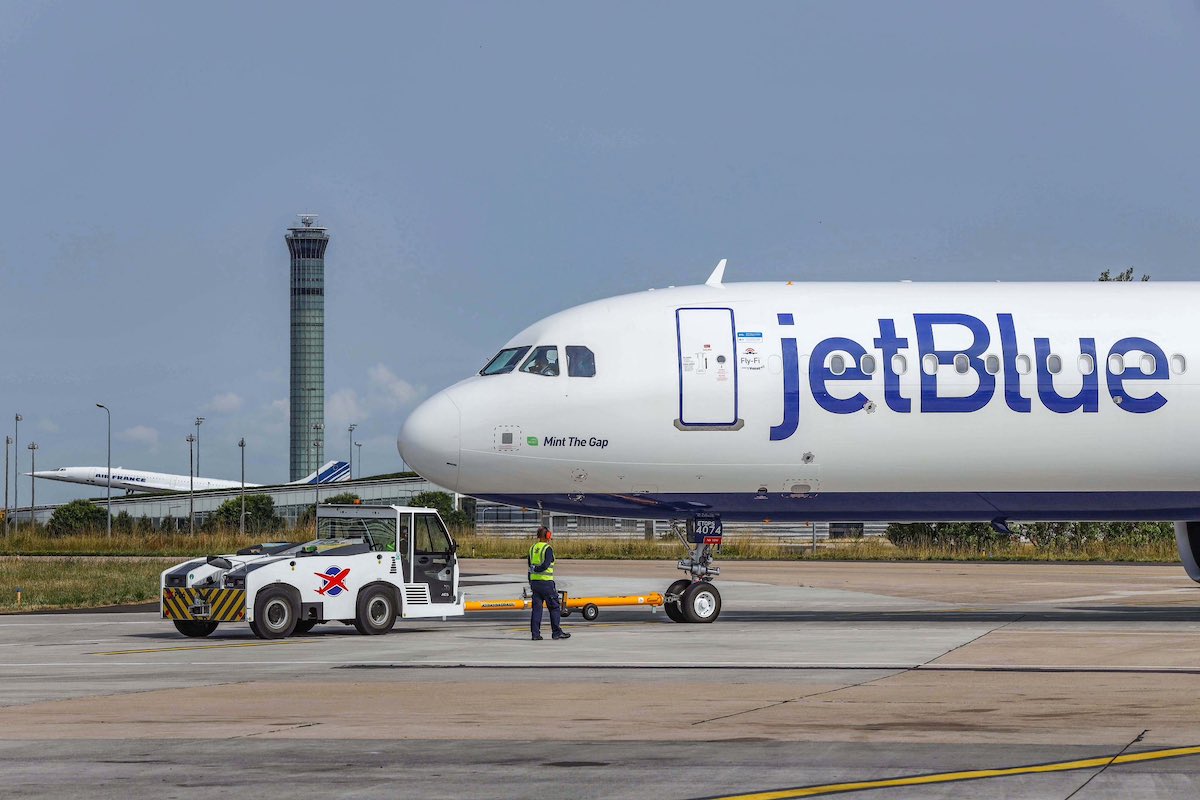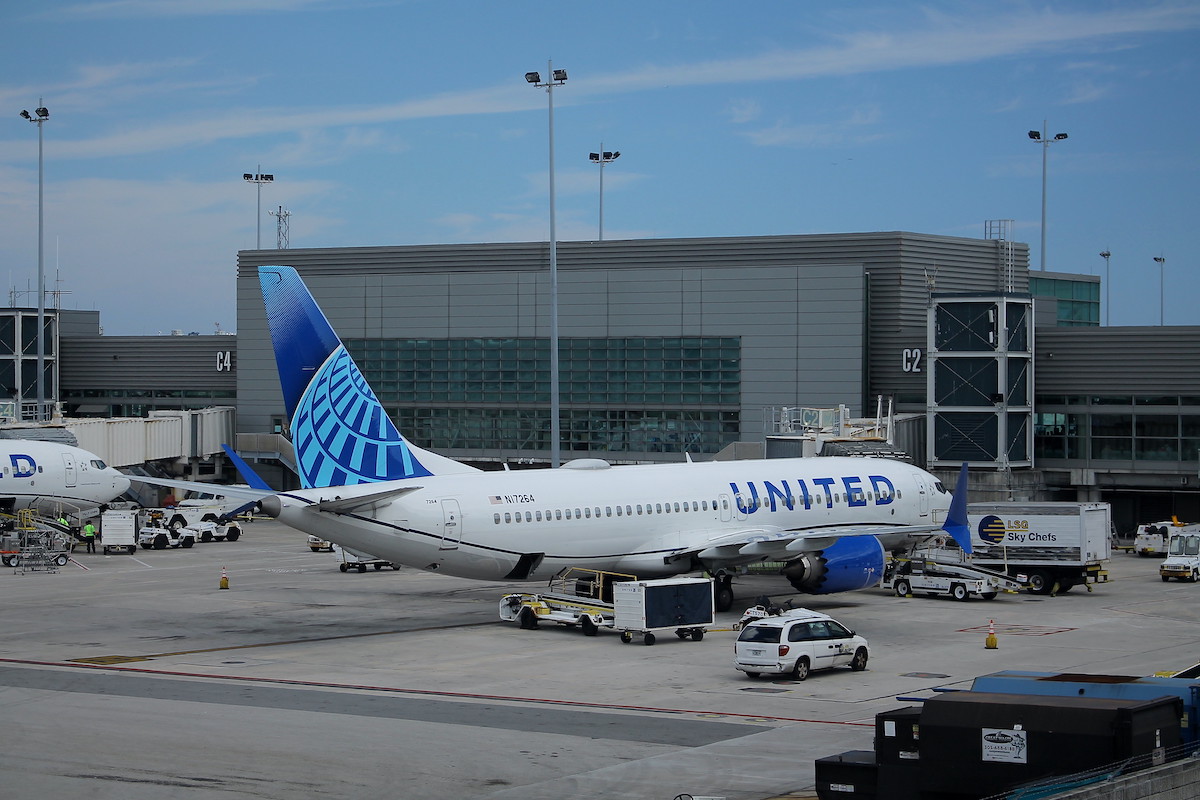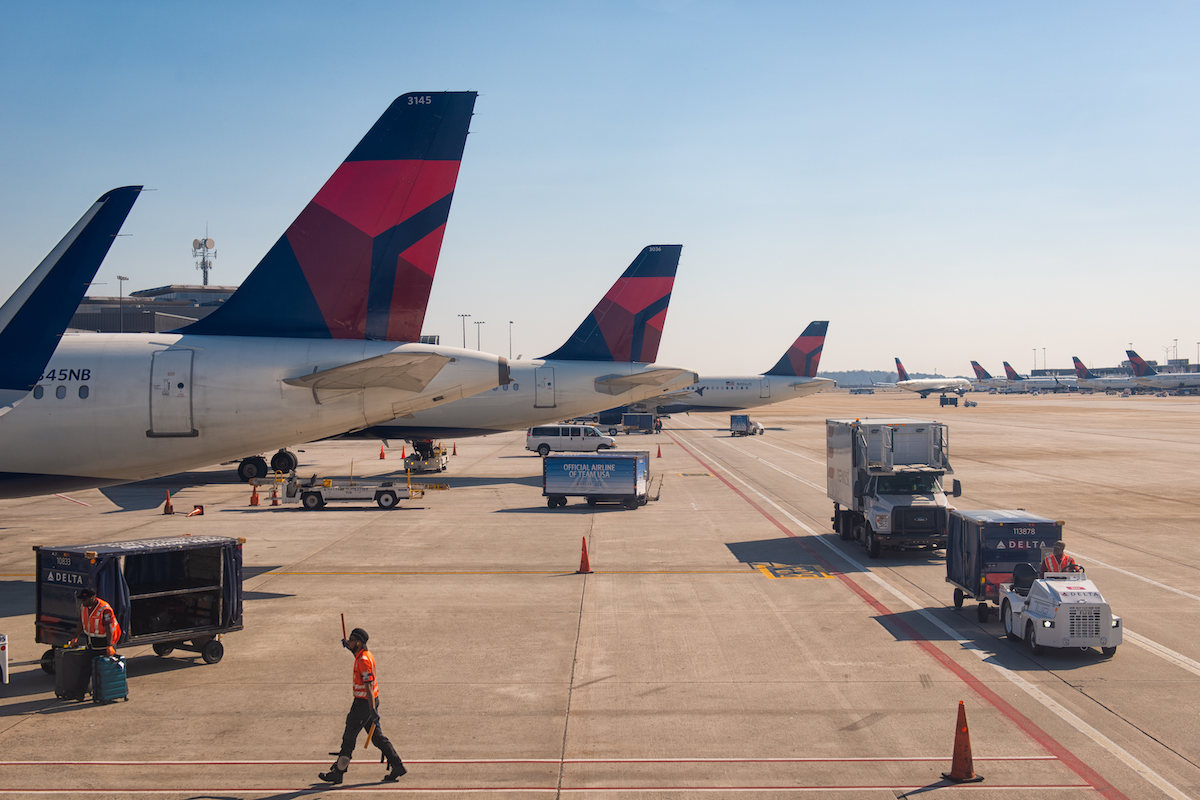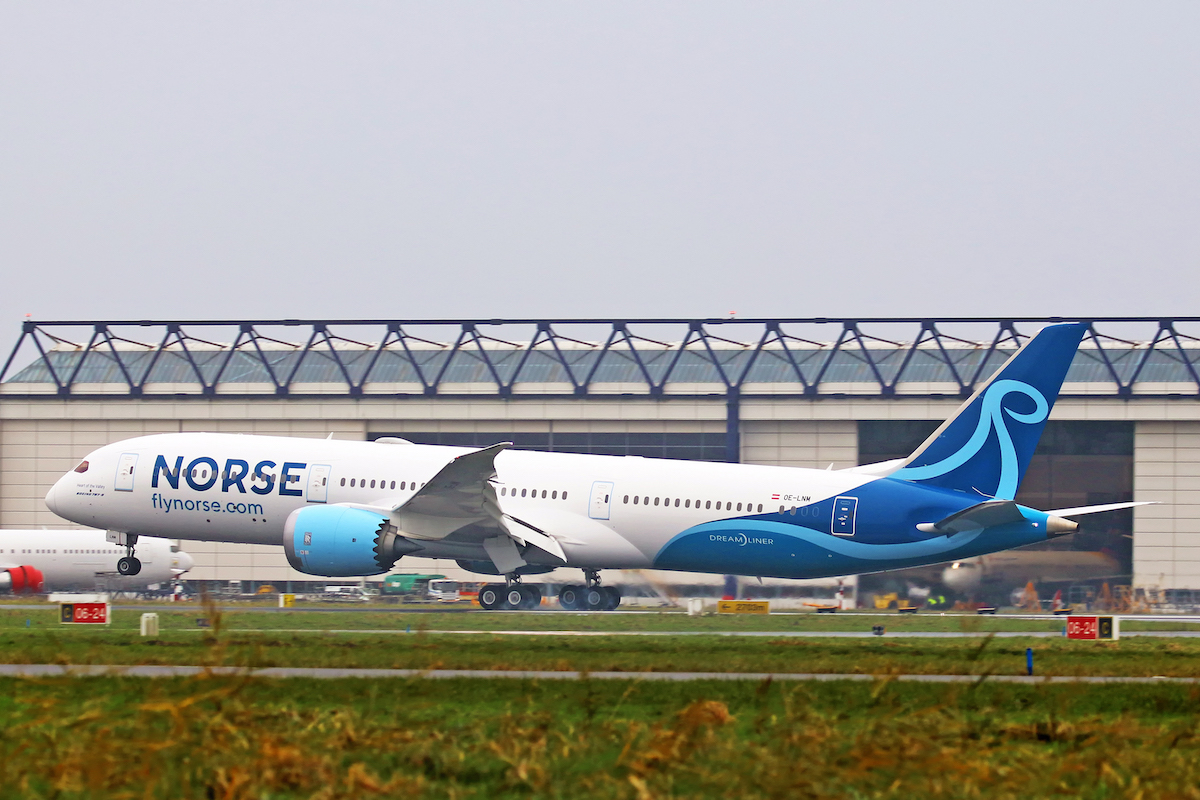The Omicron variant took a big bite out of Ryanair’s December quarter with the fallout is lingering through at least February, said Group CEO Michael O’Leary Monday. But the mental toll may last longer as O’Leary is now “wary” of what the pandemic could throw airlines way ahead of what is set to be a strong summer.
Ryanair’s recovery was moving forward apace in October and November, but the arrival of Omicron and European governments’ “panicked” — to paraphrase O’Leary — responses stopped the recovery in its tracks. Passenger numbers fell to 9.5 million in December, or 1.5 million short of Ryanair’s 11 million target — and behind the 10.2 million people it carried in November. The airline was forced to cut its January schedule by one-third and February by 15 percent as a result.
“Being cautious is the sensible way forward,” said O’Leary, who is normally brash and outspoken, during Ryanair’s December quarter results call. He added that all of the indicators still point to a strong recovery in 2022, particularly for Easter and the summer, but said the outlook is “hugely uncertain.”
Ryanair currently plans to fly roughly 15 percent more capacity this summer than it did three years ago. The growth will be supported by the addition of 65 new Boeing 737-8200s — 24 of which are due from January through June — and significant network investments across Europe including in Austria, Italy, and Portugal. Capacity is scheduled to increase nearly 158 percent in Austria, 37 percent in Italy, and 19 percent in Portugal year-over-three-years during the third quarter, according to Cirium data.
Italy has been in Ryanair’s crosshairs for more than a year amid Alitalia’s retrenchment and replacement with significantly smaller ITA Airways in October, and cuts by EasyJet. Wizz Air, despite its own growth in Italy, has been a figurative punching bag for O’Leary as it has struggled to grow as rapidly as executives have promised. For summer 2022, Ryanair will base 92 aircraft in Italy — up 67 aircraft last summer — including at new bases in Turin and Venice. In Portugal, Ryanair hopes to take share from retrenching TAP Air Portugal where it has expanded in Lisbon and will open a new base in Madeira this summer. And in Austria, Ryanair will base 20 aircraft in Vienna — compared to eight last summer — but competes with Austrian Airlines and Wizz that both have their own growth plans.
But it’s not all expansion for Ryanair. The airline will close its Frankfurt base in March in a move that O’Leary attributed solely to increases in airport costs. “We’re happy to grow in Germany … But frankly, we have better uses of our aircraft this year and this summer and into 2023,” he said. Ryanair’s German capacity will be down 21 percent compared to 2019 in the third quarter, Cirium shows.
And the geopolitical tensions in Ukraine have raised questions about Ryanair’s growth there as well. O’Leary said that, in the event of any “disruptions” — a euphemism for a possible Russian invasion and EU reaction — the airline can “pivot” aircraft and capacity elsewhere in Europe. “We remain committed to Ukraine as long as Ukraine is looking westward,” he said.
Ryanair is happy with the performance of the 737 Max to date, which O’Leary described as “exceptional.” This, however, does not mean he is happy with Boeing, with which talks broke down over a potential Max 10 order last fall. O’Leary described Boeing’s sales team as “asleep” following big wins for Airbus from KLM and Qantas orders for nearly 300 narrowbody jets. “For an OEM that’s losing so many customers to its Airbus opposition, it’s remarkable that they haven’t been camped outside our offices here trying desperately to restart our discussions on the Max 10,” he said.
The discounter had orders for 169 737-8200s at the end of December. The aircraft are due by the end of Ryanair’s 2025 fiscal year in March 2025.
Ryanair lost €96 million ($108 million) in the December quarter. Revenues were down 30 percent year-over-two-years to €1.47 billion during the period.
The carrier widened its loss forecast for the 2022 fiscal year to €250-450 million on account of Omicron. Ryanair previously forecast a €100-200 million loss for the year ending in March. The airline also reduced its outlook for passenger counts to just under 100 million people for the year from just over; however, the new guidance falls within its original 90-100 million annual passengers forecast before being bumped up in November.
